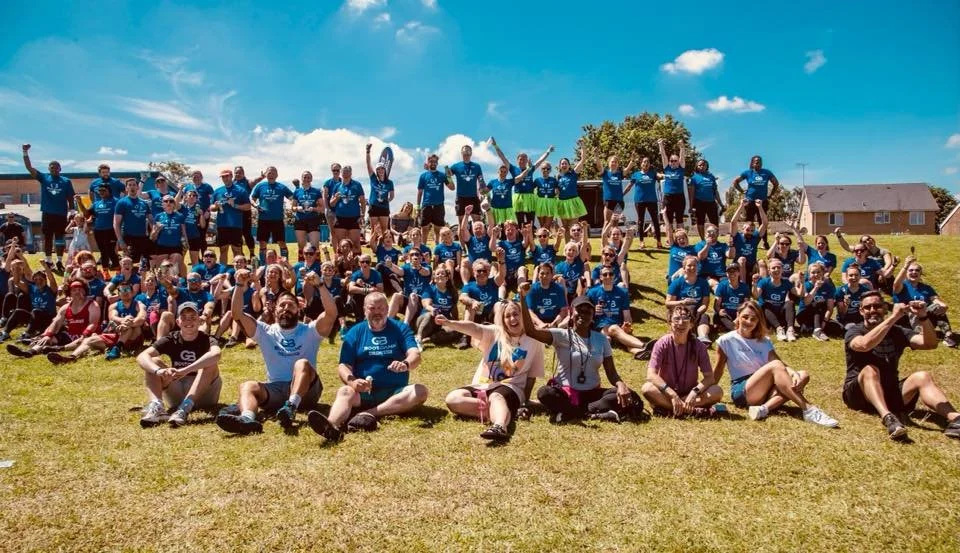I treat lots of runners in my Colchester osteopathy and running clinic. They range from people of all ages and abilities. I really like the challenge of each runner with the pressure of getting someone ready for an event combined with their unique biomechanics and training methods.
Over time I have seen patterns in new runners. I see the same mistakes being made repeatedly causing injury, pain, and time away from running. Here’s my top four mistakes that new runners are making.
1. TOO MUCH TOO SOON
New and experienced runners are guilty of this. You get the runners high, the more you run the better you feel. It can be intoxicating. But I will let you into a secret. 99% of running injuries I see in my clinic are from doing too much too soon. I performed an audit for 2021 and I saw one runner who was injured because of an accident and that was twisting their ankle in a pothole. Every other runner was direct result of a training error.
Whether you’re trying to increase your long run and weekly mileage, interval training or hill sprints - introduce them gradually. Yes, you might be able to complete the session, but can your body recover and adapt from it? For instance, did you know it takes tendons three times longer to recover than muscles? While there is nothing like looking back on a good training week and counting the miles make sure you plan recovery. Take time to assess your body and note how it feels. A niggle might be the start of something not having enough time to adapt.
Employ the 10% rule. If your goal is to increase your long run or your weekly mileage try not to exceed more than 10% of the previous week’s volume.
2. RUNNING THROUGH THE PAIN
While a little pain is good for us and strengthens us physically and mentally, it’s important to differentiate between a “working” pain and a “hurting” pain. The working pain might be your thighs burning while running up a long hill. We kind of expect this pain if we want to get better at running. A hurting pain might be a joint or tissue that gets sore the more you run and inevitably worse when you stop running especially 24hours afterwards.
3. NOT WEARING RUNNING SHOES
Running is a repetitive and high impact activity. If you’re new to running then your bones, joints, muscles, tendons, and other connective tissue will not be used to these high levels of impact and force. You need to get the right tools for the job. They will help cushion your feet and joints from the impact. Good quality running shoes help reduce your risk of pain and injury - meaning you’ll have a longer running career.
Get a pair of running shoes. They don’t have to be the most expensive pair on the shelf, and you probably don’t need a gait analysis for now. I advise using www.sportsshoes.com as they have shoes for anyone’s budget.
https://www.sportsshoes.com/running/
4. NOT TAKING REST DAYS
Running will absolutely improve your cardiovascular health, improve endurance, tone you up, help manage your weight and do wonders for your mental health. But let’s make one point clear. You’re not getting fitter during your run. All that’s happening is you’re stimulating your body and overloading your tissues whether that be the heart and lungs or muscles and tendons. Your body gets fitter after the run if you have enough rest. New runners should probably not run-on consecutive days to avoid overtraining and breaking down tissue. Think about creating the best environment for your body to recover. Good hydration, a healthy diet with plenty of fruit and vegetables and lean protein and prioritise sleep.
I hope you found these tips useful. Feel free to leave a comment if you have any tips to add.















Vivamus pellentesque vitae neque at vestibulum. Donec efficitur mollis dui vel pharetra.